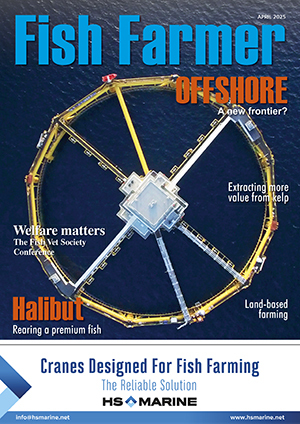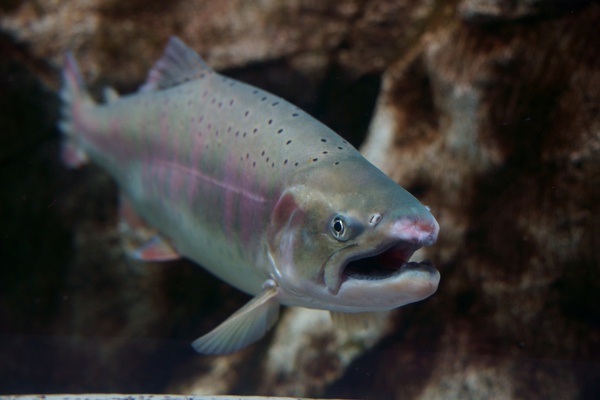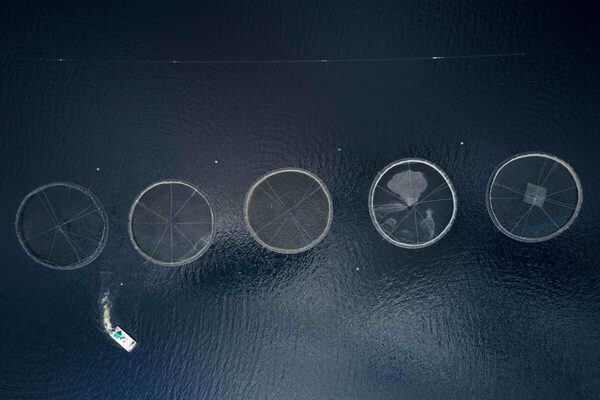When Helene came calling
North Carolina’s fish hatcheries are counting the cost of hurricane damage, as Julia Hollister reports.
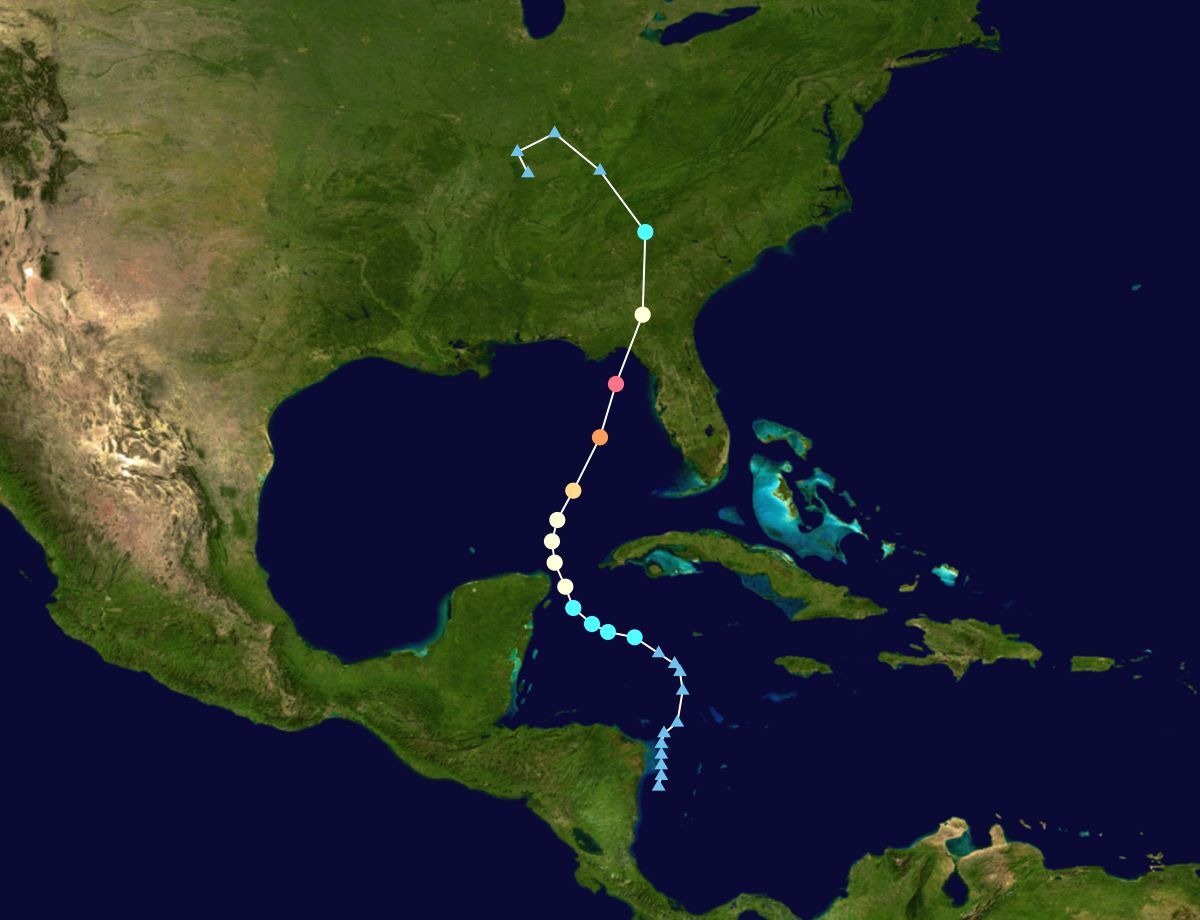
In late September, Hurricane Helene caused devastation across the eastern seaboard of the United States.
The state government of North Carolina (NC) calculates that the storm and flooding caused around US$ 53bn (around £49bn) in damage. This, of course, had a big impact on the state’s fish farms and hatcheries.
“Damages to Western North Carolina, east of Haywood County, were intense,” says Debra Sloan, Agribusiness and Aquaculture Consultant with the NC Department of Agriculture and Consumer Services. “It will take months, possibly years, to recover homes, businesses, roads, creeks, rivers and lives shattered by a ginormous weather event like none of us had ever experienced.”
However, she says, the damage has been specific to places, not all of Western North Carolina (WNC). Most of it depends on the locations of rivers and creeks and how much rain was received. West of Haywood County, more than 12 inches of rain fell, whereas east of Haywood County, some places had over 25 inches of rain. In the mountains, all of this water runs downhill.
Sloan says: “I wasn’t notified of the hurricane and its potential impact on the WNC mountain counties. No one had a clue of what was coming. We (the farmers and NCDA) responded to the aftermath by determining what county, state and federal agencies could help. I told all of the farmers to go to the Farm Service Agency (FSA) in their counties and file for assistance. The fish farmers are encouraged to get NAP - Noninsured Disaster Assistance Program. The program is designed to help the farmer with inventory losses due to natural disasters.
For NAP coverage to kick in, it requires a 60% loss. FSA has other programs for disaster relief.”
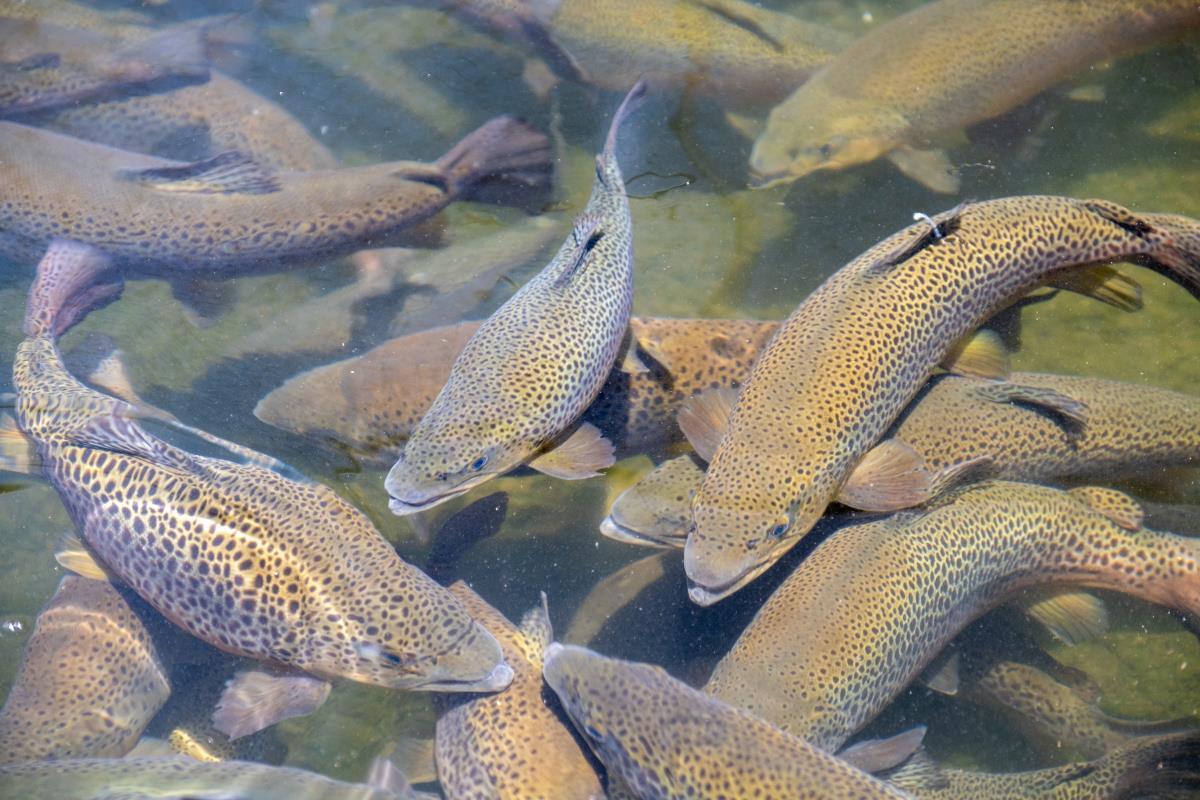
An employee with the North Carolina Wildlife Resources Commission (NCWRC) echoed the feeling about the hurricane’s devastation: “Hope the employees are all OK and remain on the payroll. So sad for our fisheries and anglers. Trout fishing is my therapy, and my heart is broken to see the effects Helena had throughout WNC. It’s going to be a long road to recovery.”
“I was not able to assist the fish farms prior to the hurricane. I reached out to the farmers who had fish losses or structural damages afterwards. I recommended FEMA [the US Federal Emergency Management Agency] as well. To date, none of the farmers have received any financial compensation. I think that the natural disaster was so immense and intense, that everyone involved is trying to help in any way we can.
“Just seeing pictures of the destruction does not give one the ability to fully comprehend the power of water. I saw a bus the size of a Greyhound bent in half around a large oak. I’d never seen anything like it!”
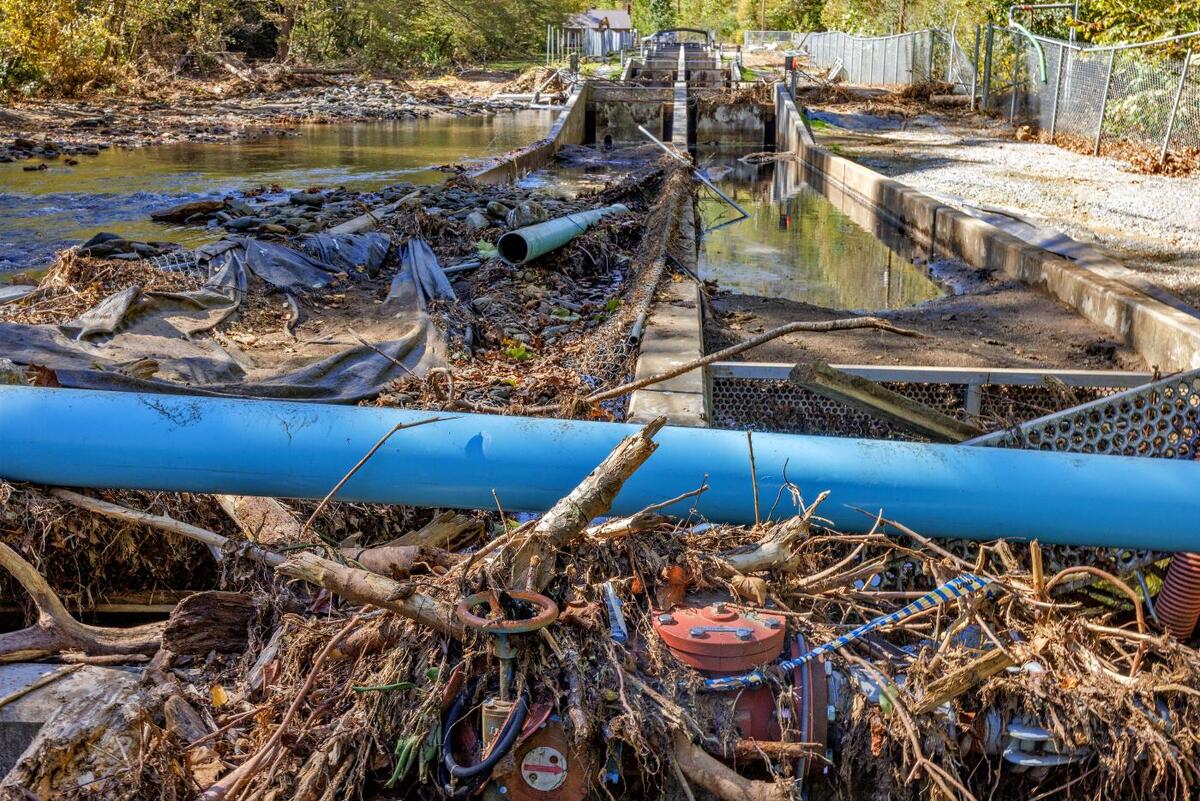
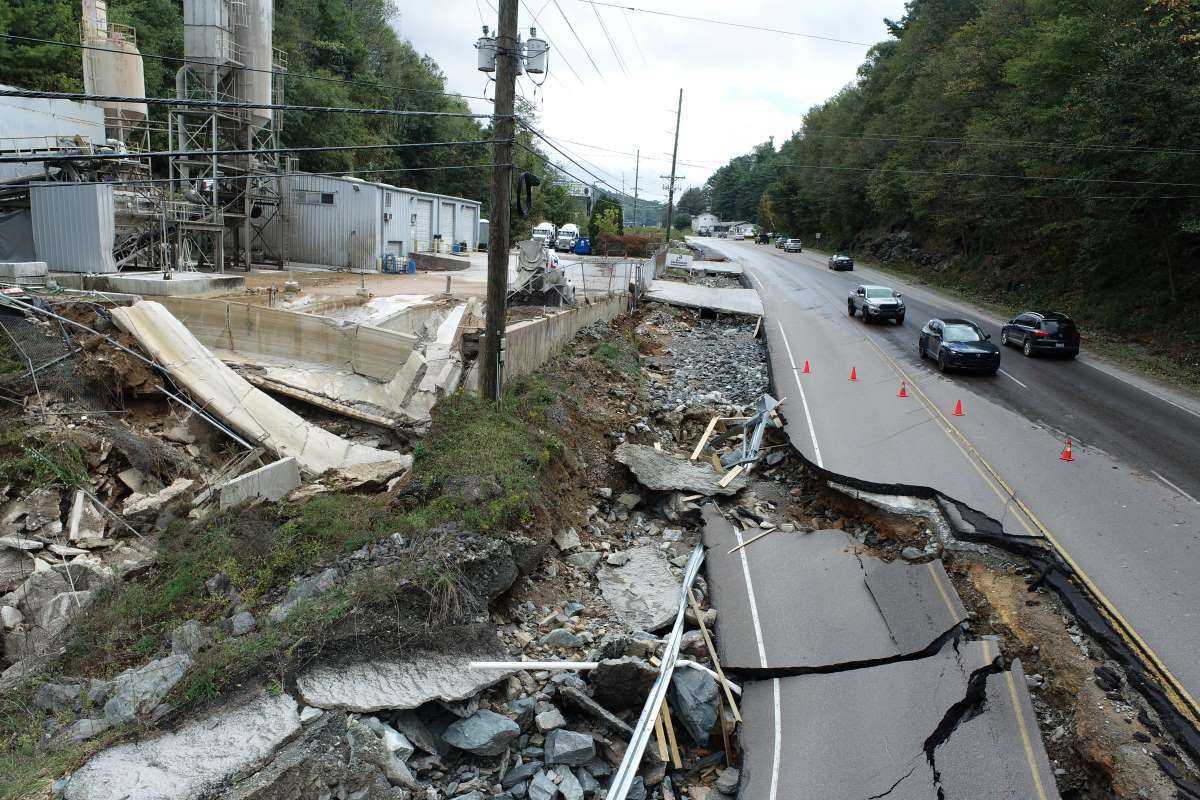
The NCWRC’s Armstrong State Fish Hatchery in McDowell County, north of Marion, sustained significant damage as a result of flooding and landslides during Hurricane Helene. The hatchery, which raises trout for stocking local rivers, consists of two sections of outdoor raceways and indoor egg and fingerling rearing facilities.
Some of the hatchery’s trout escaped during the flooding; however, most of the 600,000 fish of various sizes died when the storm compromised the water supply to the raceways and hatchery building. Currently, Armstrong State Fish Hatchery is closed indefinitely. Fisheries staff along with agency engineers continue to assess the damage and are developing plans to return the hatchery to normal operations.
The 2024 State Update reports four trout hatcheries in operation, at just under US$1m (£785m) production value, but there are some NC Wildlife Resources Commission state-run hatcheries for stocking programs not included in that.
What precautions occurred before the hurricane hit?
Anna Gurney, Public Relations Manager with the NCWRC, says: “To my knowledge, producers were prepared with generators in place, and were ready for power outages, extra feed, etc as with any tropical system.
Unfortunately, I don’t think anyone foresaw the devastation and massive amounts of water this storm would produce far enough in advance to make major preparations.”
How many dead fish after the hurricane? Debra Sloan is working on totals for the industry currently.
She says: “The majority of the damage from the storm was not in the area of our greatest production. To date, the damage has been limited to a few hatcheries, fee fishing operations, and the state-run WRC hatcheries for stock enhancement.”
